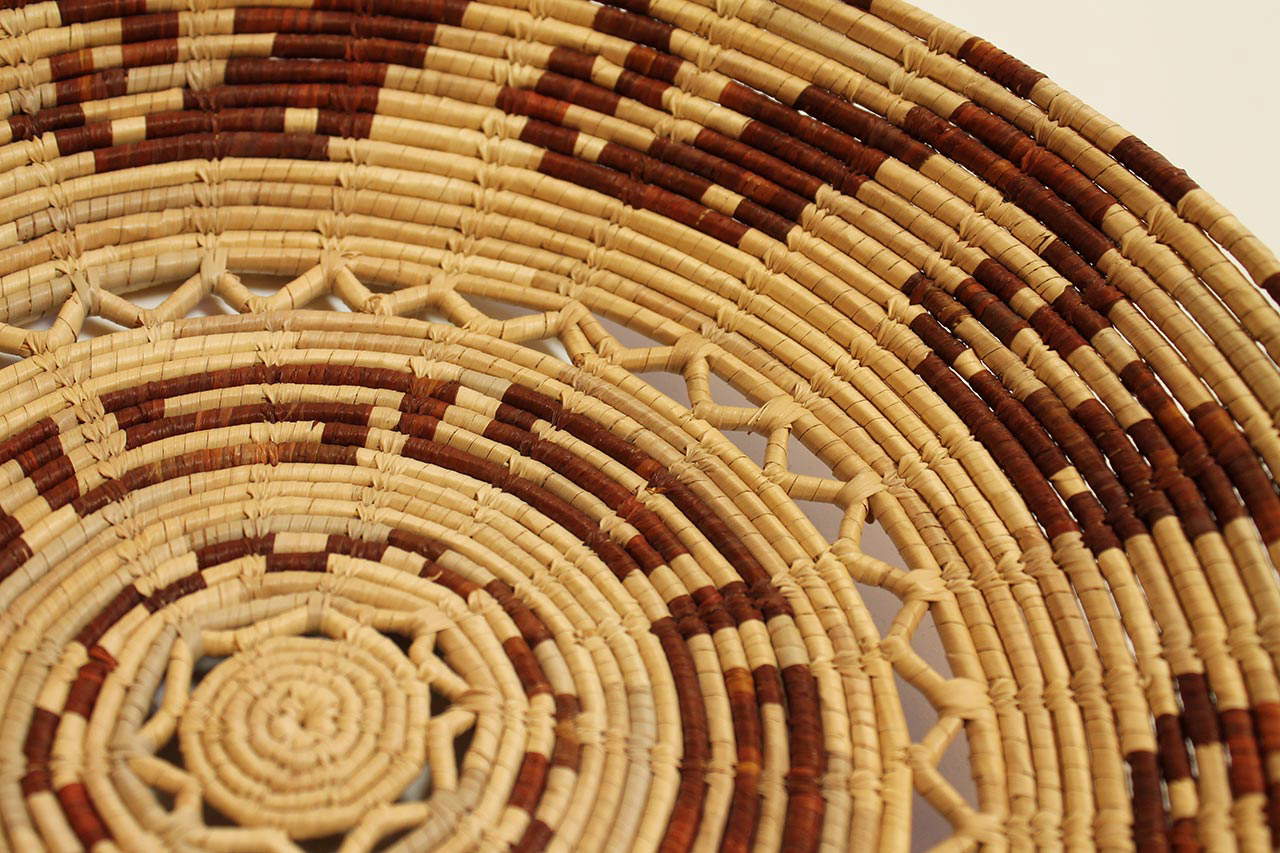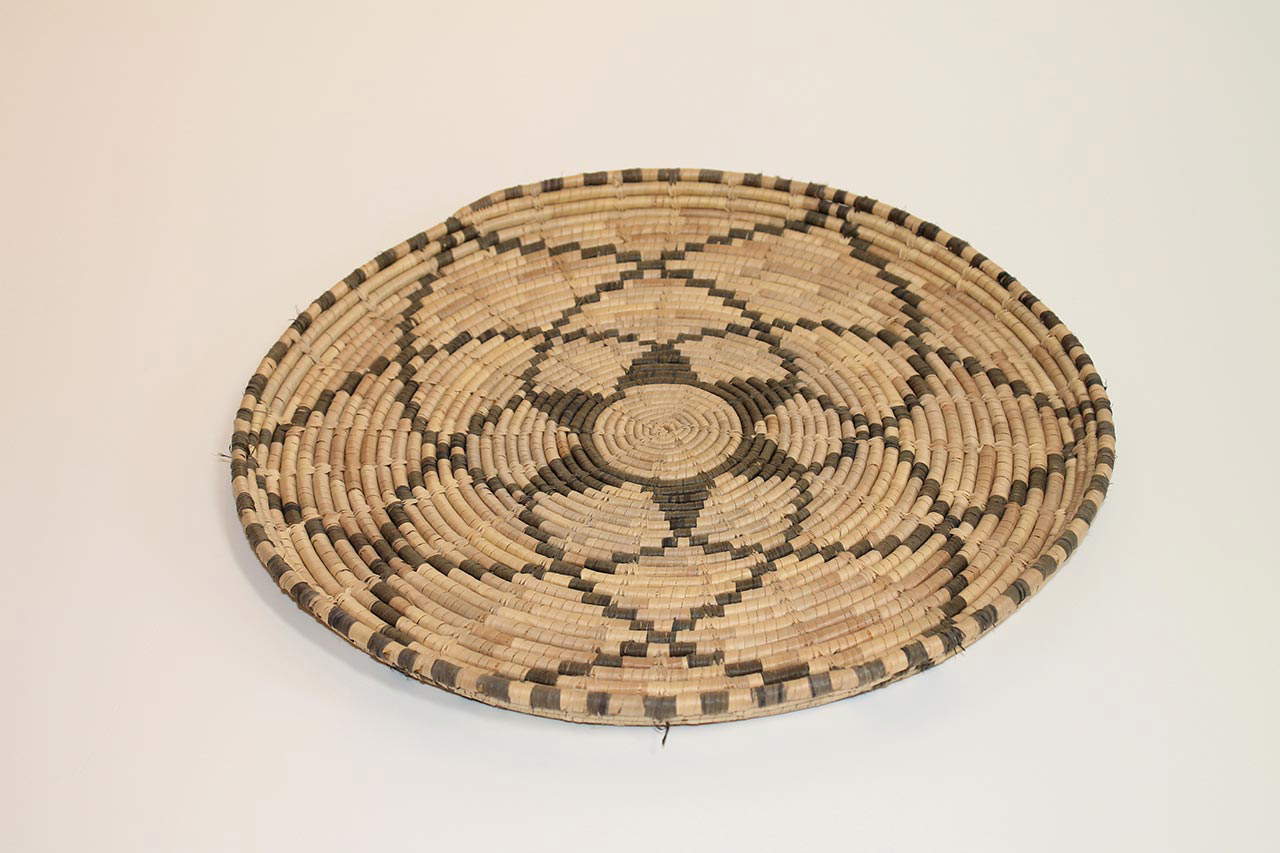Italy is a country of artisans, and virtually every territory and even some very small towns, villages or hamlets are in fact custodians of very ancient knowledge and crafts. These include the small town of Castelsardo in the province of Sassari, which has just over 5,000 inhabitants. Even in such a small reality there is a tradition of craftsmanship of great interest, so much so that it finds its point of reference in one of the most visited museum sites in Sardinia.
The Museo dell’Intreccio Mediterraneo (MIM) in Castelsardo had about 150,000 paying visitors in the year 2017 alone. The museum stands as a witness and protector of the very ancient tradition of weaving with which artifacts of daily use have always been made in the area, and today it is considered a true intangible cultural asset worthy of protection.
The technique of weaving is part of the ancestral knowledge that passed down orally cannot rely on a written tradition, and for that reason it is difficult to trace its origins. The difficulty in dating this process is also compounded by the perishability of the products made, but following a number of archaeological campaigns, scholars agree that the beginnings of this technique date back even to a time before the great Neolithic revolution.



Weaving as a manipulation to produce artifacts of various shapes and workmanship is not only a heritage of Sardinia, it is in fact found in multiple cultures, but on the island it has maintained a vitality that lasts to this day.
The diffusion and specificity in Sardinia of this type of manufacture is strongly characterized by the different plant essences available in the various territories, but also by different compositional techniques, in particular according to a different arrangement with which the weave of the fibers is organized, spiral or crisscrossed.
The first of these processes involves the use of plants such as rushes, dwarf palms and sea hay, which worked with awls, scissors and knives are wrapped and stitched with spiral gaits, and is used to make baskets and containers with various uses, which can be decorated with colored inserts of different materials with geometric, phytomorphic, zoomorphic and anthropomorphic ornaments.
While crisscross weaving consists of arranging plant material, particularly reeds, in an interlocking arrangement, with which fishing creels, bottle liners and furniture elements, mats, baskets, bags, roofs and shepherding containers were made.



In addition, weaving is also used for religious purposes, particularly during celebrations such as Easter, and in this case palm or olive leaves are woven to decorate places of worship or to enliven processions or with apotropaic values.
Castelsardo’s MIM offers a rich museum tour that allows visitors to immerse themselves in this atavistic tradition. Housed in a medieval fortress built during the Genoese domination of the Doria family, the itinerary winds through nine rooms on two levels, as well as a space for temporary exhibitions, a conference room, and fascinating overlooks offered by the castle’s panoramic terraces.
Its collections make it possible not only to follow the evolution of this craft in the Castelsardo area, essaying the different techniques, uses and decorative motifs, but also its spread throughout the island and even the entire Mediterranean area with artifacts also coming from North Africa. It is a formidable documentation center in which virtuoso baskets from the Castelsardo tradition are on display, as well as sieves, objects used in fishing, agriculture and even navigation, such as fassonis, woven boats for lake fishing, which recall the imagery of the papyrus boats of ancient Egypt. The visit then is enhanced by the evocative medieval venue, where it is possible to walk the ancient sentinel walkways, creating a unique museum.
 |
| The Museum of Mediterranean Weaving in Castelsardo: a museum for an ancient craft technique |
Warning: the translation into English of the original Italian article was created using automatic tools. We undertake to review all articles, but we do not guarantee the total absence of inaccuracies in the translation due to the program. You can find the original by clicking on the ITA button. If you find any mistake,please contact us.